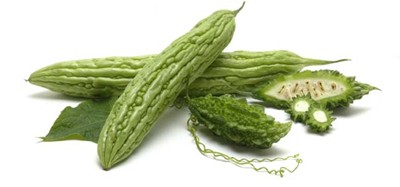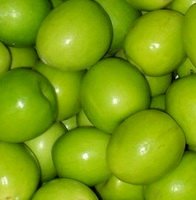Ceratonia siliqua, commonly known as the carob tree is a species of flowering evergreen shrub or tree in the pea family, Fabaceae, that is native to the Mediterranean region, as well as Iran and the Middle-East, Portugal and probably the Canary Islands. It is cultivated for its edible seedpods. Carobs are also known as St. John’s bread because, according to tradition of some Christians, St. John the Baptistsubsisted on them in the wilderness. A similar legend exists of Rabbi Shimon bar Yochai and his son.
The word “carob” is derived from an Arab word “kharrub,” meaning “bean pod.” The trees grow well in harsh climates and poor soil, and are also resistant to drought. Mediterranean peasants have relied on them as food during times of famine. Since carob beans are also known as locust beans, biblical scholars believe that they are the true “locusts” that St. John the Baptist lived on. The Moors cultivated carob trees in northern Africa and Spain. The Spanish conquistadors brought them to South America, and the British brought them to Australia, India and South Africa.
Health Benefits of Carob
Carob is an evergreen flowering shrub, belonging to the pea family. Native to the Mediterranean region especially in the eastern and southern area of Spain, carob is cultivated for its edible seeds. It is found in its natural form in Southern Anatolia, Cyprus, Syria, Greece, Spain, Morocco, Tunisia, Algeria, Libya and Israel. Consumed since ancient times, it is also known as Saint John’s Bread or locust bean. The dried carob fruit is traditionally consumed on Jewish holidays and the juice is taken by Muslims, during the Islamic month of Ramadan. It is used as a substitute in making various products such as baked goods, bars, snacks, cereal, dairy products, cocoa-containing products and beverages. Read on further to know the different health and nutrition benefits of eating carob and also find its nutritional value.

